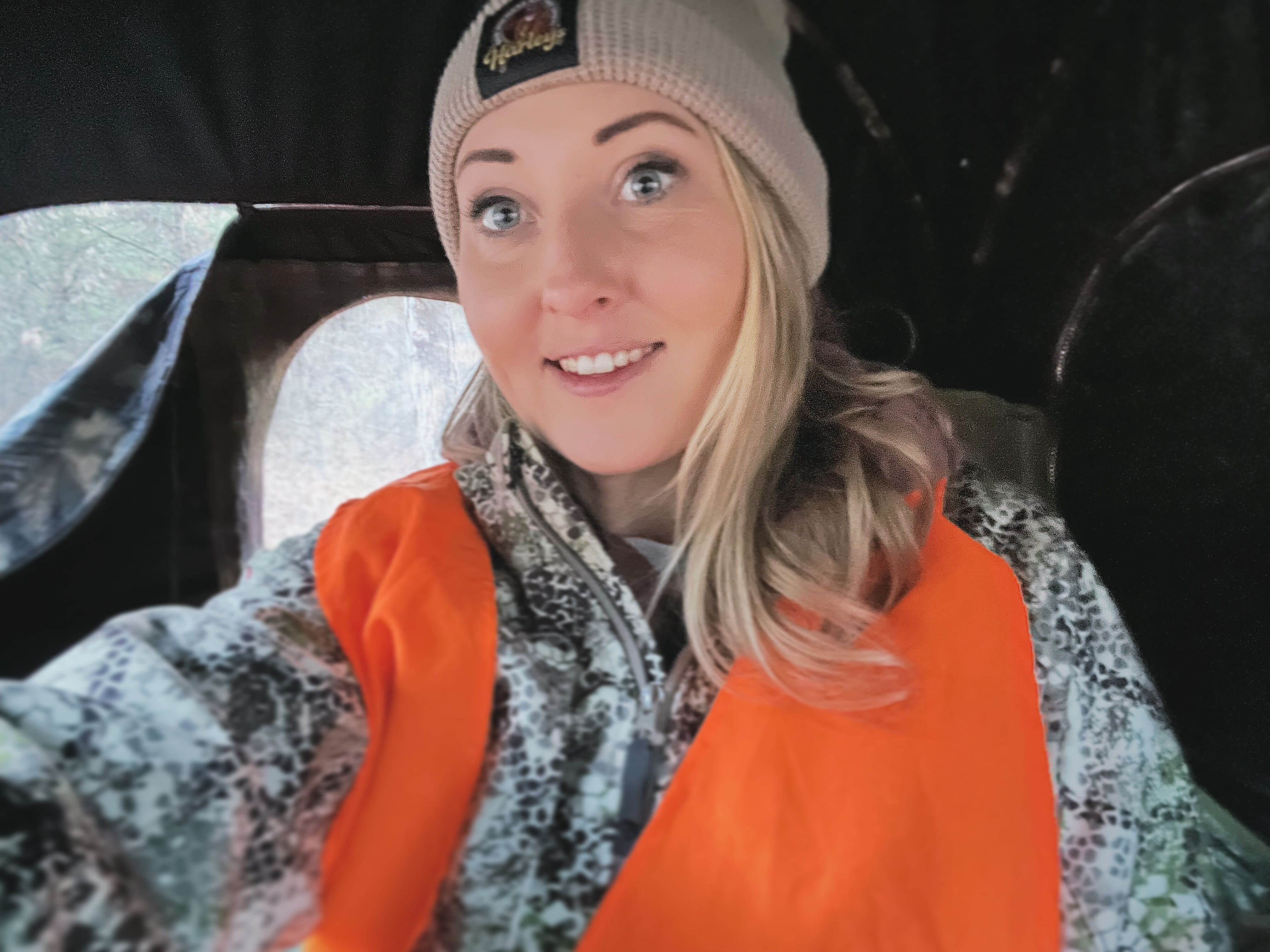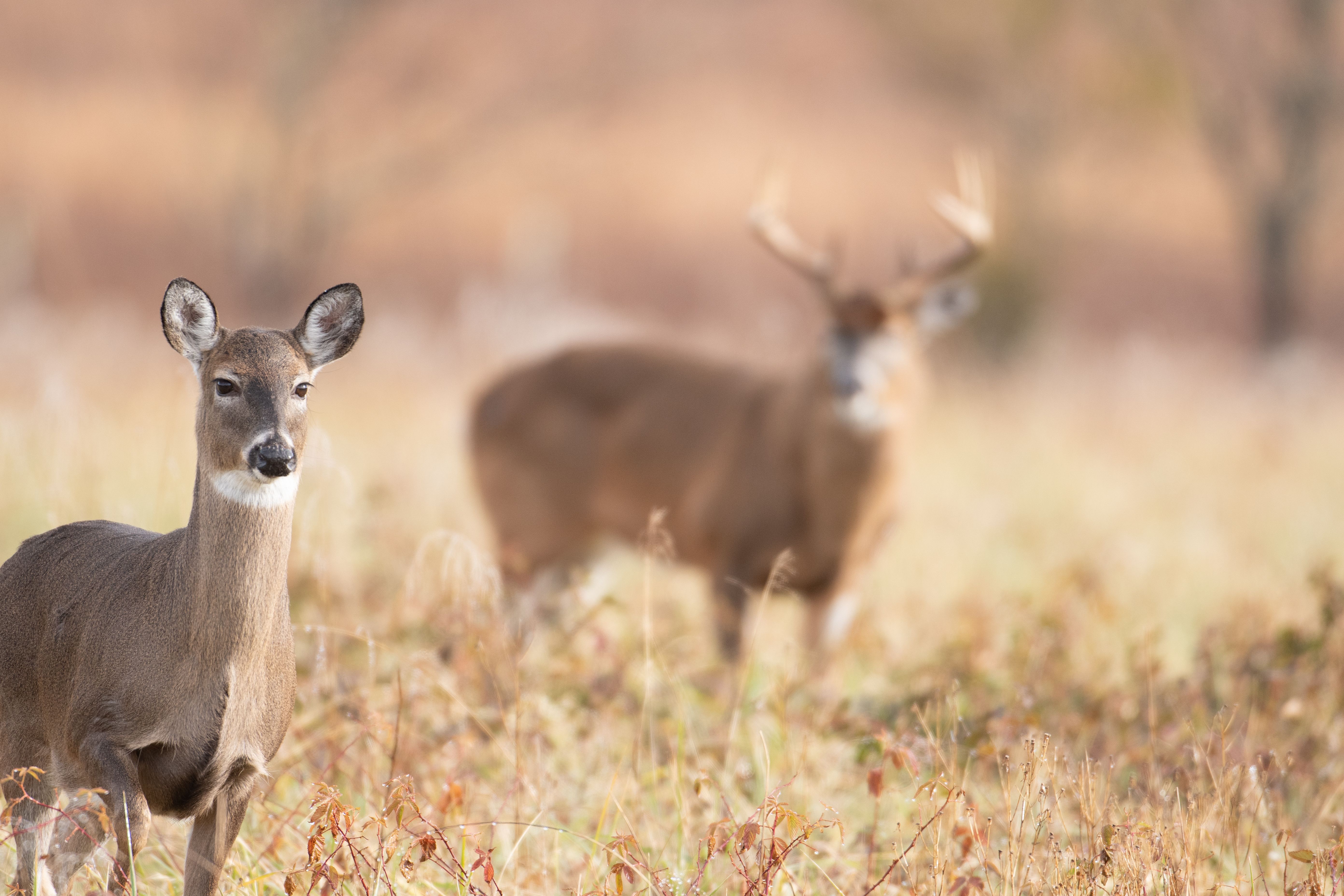Field Guide / Hunting Tips
10 Whitetail Facts Every Hunter Should Know
It's finally October, and you know what that means. HuntWise users: Deer season is now in full swing, and we couldn't be happier!
Previous in Hunting Tips
More Content Like This
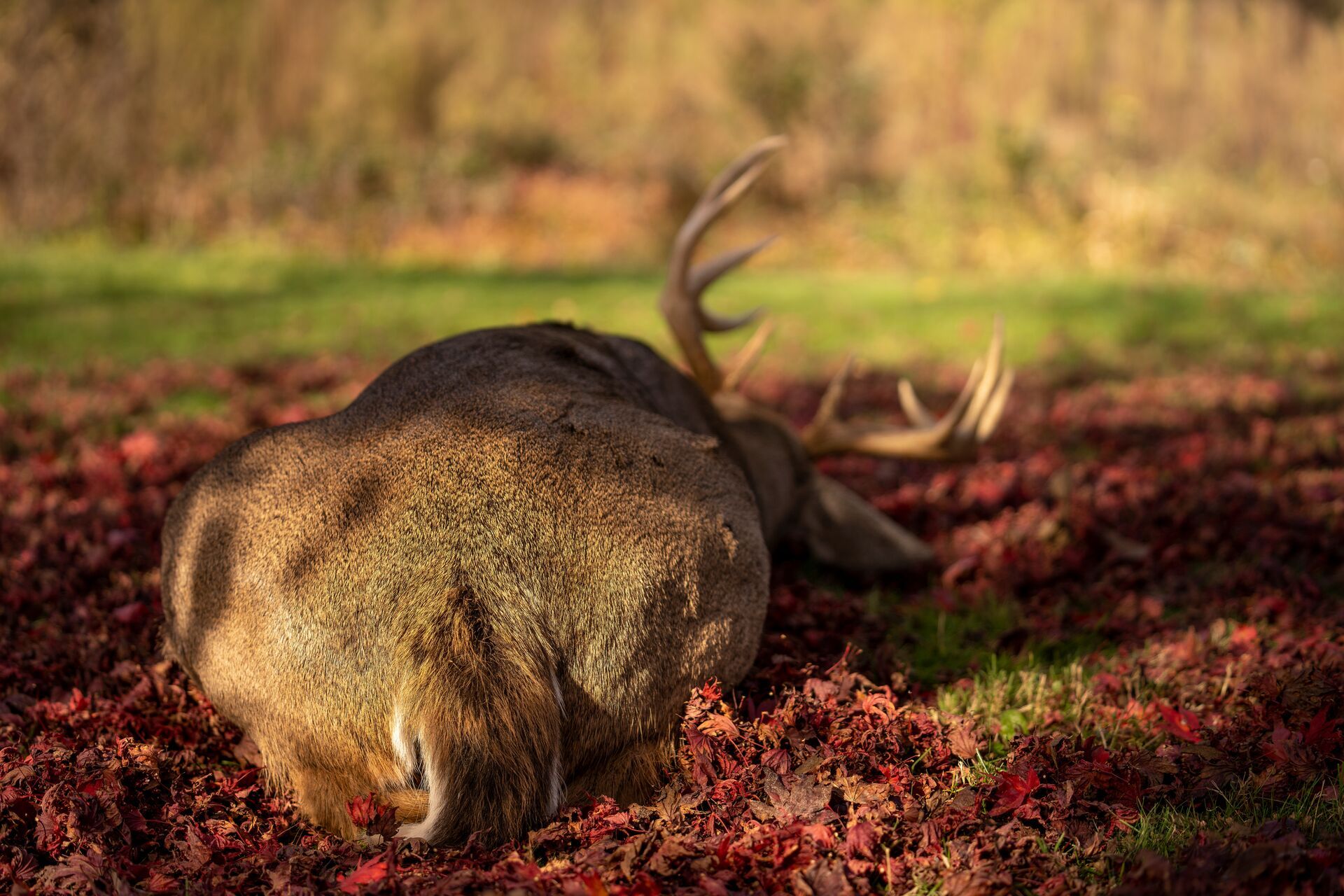
9 of the Best Hunting Books for Your Summer Reading List
Hunting and literature go hand in hand, as the landscapes, pursuits, lifestyles, and appreciation for the natural world of hunting have inspired some of the finest written words ever read. With so many tools and insights, we often forget that there's...Read More
Read More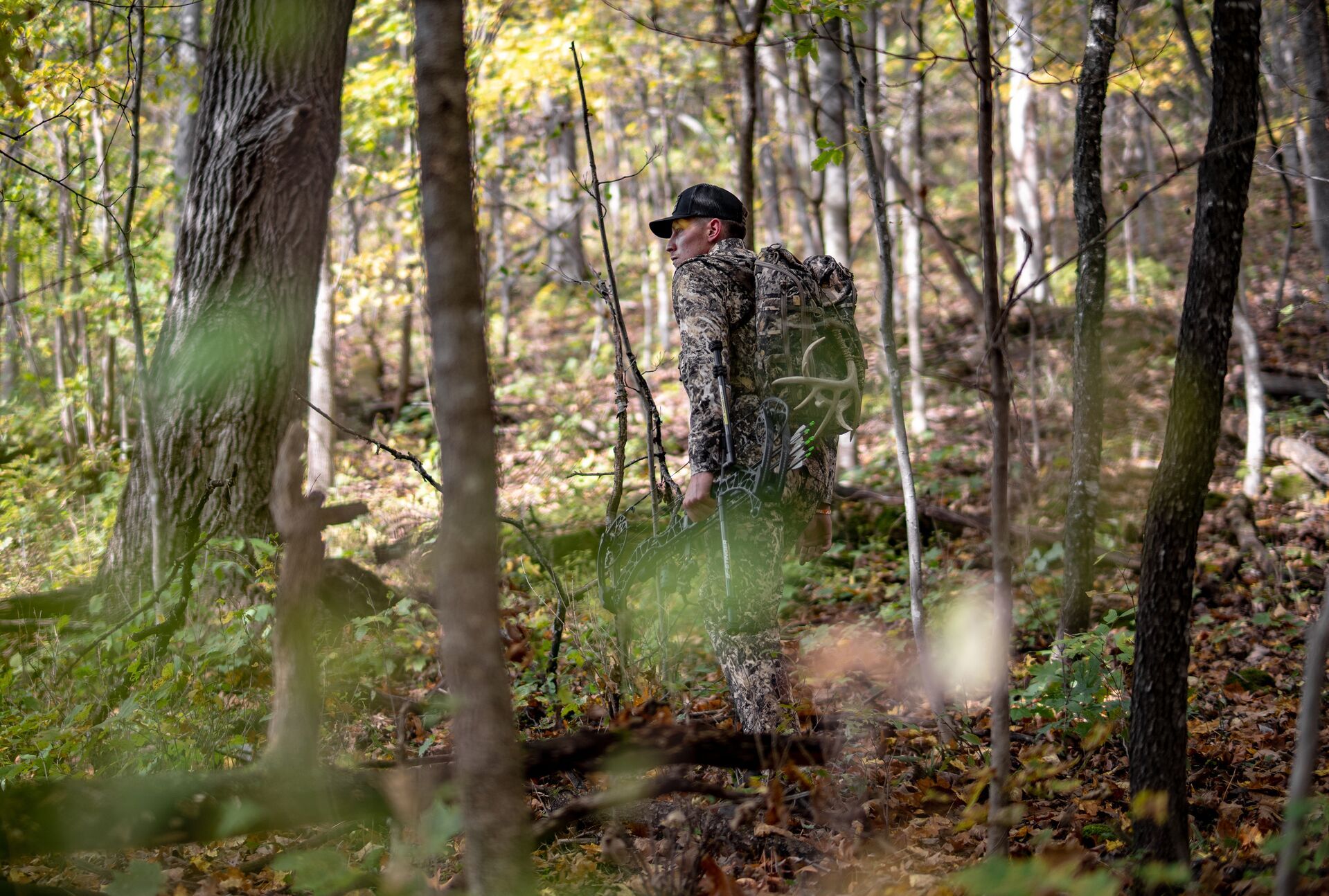
Smell Ya Later: How Do Hunting Scent Blockers Work?
Chances are, you work up a pretty good sweat (and stink) when hunting — maybe even before you get into your stand. However, one of the worst things that can ruin your hunt and scare off a big buck is when they smell you coming. Read More
Read More7 Strategies For Hunting Whitetail In The Winter
Winter can be difficult and sometimes even frustrating for hunters. Deer movement begins to change drastically, conditions start to seem unbearable, and suddenly, that big buck on your trail camera is nowhere to be found.Read More
Read More Hunting Tips
Hunting Tips9 of the Best Hunting Books for Your Summer Reading List
Hunting and literature go hand in hand, as the landscapes, pursuits, lifestyles, and appreciation for the natural world of hunting have inspired some of the finest written words ever read. With so many tools and insights, we often forget that there's...Read More
Read More Hunting Tips
Hunting TipsSmell Ya Later: How Do Hunting Scent Blockers Work?
Chances are, you work up a pretty good sweat (and stink) when hunting — maybe even before you get into your stand. However, one of the worst things that can ruin your hunt and scare off a big buck is when they smell you coming. Read More
Read More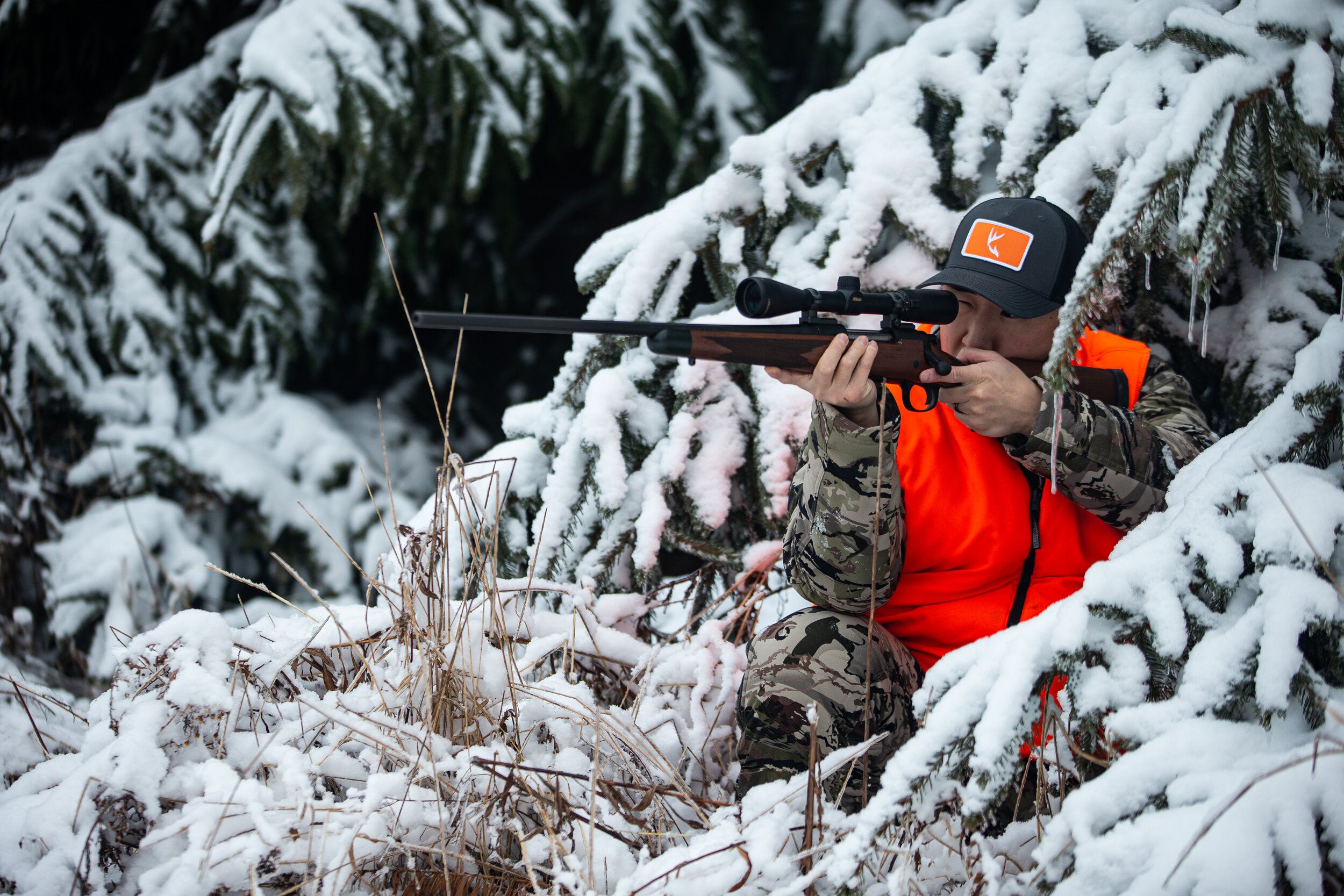 Hunting Tips
Hunting Tips7 Strategies For Hunting Whitetail In The Winter
Winter can be difficult and sometimes even frustrating for hunters. Deer movement begins to change drastically, conditions start to seem unbearable, and suddenly, that big buck on your trail camera is nowhere to be found.Read More
Read More
1 of 3
